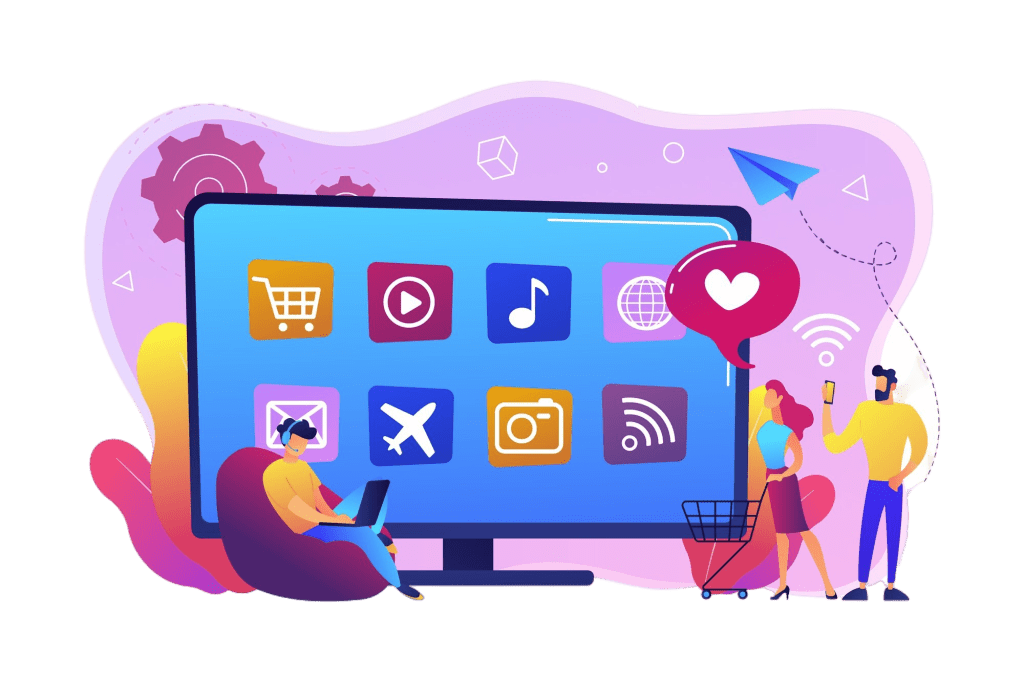The Evolution of Digital Media The journey of digital media began with the advent of the internet in the late 20th century. Initially, it started with simple text-based websites and emails. As technology advanced, multimedia elements such as images, audio, and video became integral parts of digital content. The development of high-speed internet and mobile technology further accelerated this evolution, making it possible to stream high-definition videos, engage in live video chats, and access vast libraries of content on-the-go. Today, digital media encompasses a wide range of platforms and formats, including social media networks, video streaming services, blogs, online magazines, and more. This evolution has not only changed how we consume content but also how content is created and distributed. The Impact of Social Media Social media platforms like Facebook, Twitter, Instagram, and TikTok have revolutionized communication and information sharing. These platforms allow users to create, share, and interact with content in real-time. They have become essential tools for news dissemination, marketing, and social interaction. The influence of social media is profound. It has democratized content creation, giving individuals and small businesses a platform to reach global audiences. However, it also presents challenges, such as the spread of misinformation, privacy concerns, and the creation of echo chambers. Balancing the benefits and drawbacks of social media is an ongoing societal challenge. Streaming Services and On-Demand Content The rise of streaming services like Netflix, Hulu, Disney+, and Spotify has significantly altered the entertainment landscape. These platforms offer vast libraries of on-demand content, including movies, TV shows, music, and podcasts. The convenience of accessing content anytime, anywhere, has led to a decline in traditional cable TV subscriptions and a shift towards cord-cutting. Streaming services have also changed content production. Original series and films produced by these platforms often receive critical acclaim and attract large audiences. The data-driven approach of these services allows for personalized content recommendations, enhancing the user experience. The Role of Digital Media in Education Digital media plays a crucial role in education. Online learning platforms, educational videos, and interactive digital textbooks have made learning more accessible and engaging. During the COVID-19 pandemic, digital media became indispensable as schools and universities shifted to remote learning. Educational content creators on platforms like YouTube and Coursera provide valuable resources for self-paced learning. The flexibility and variety of digital educational tools cater to different learning styles and needs, making education more inclusive. Challenges and Opportunities While digital media offers numerous benefits, it also comes with challenges. Issues such as data privacy, cybersecurity, digital addiction, and the digital divide need to be addressed. Ensuring that digital media is used responsibly and ethically is crucial for its sustainable growth. On the other hand, digital media presents opportunities for innovation and creativity. Virtual reality (VR) and augmented reality (AR) are emerging technologies that promise to revolutionize how we interact with digital content. AI-driven content creation and personalization will further enhance the user experience. The Future of Digital Media The future of digital media is bright and full of possibilities. As technology continues to advance, we can expect even more immersive and interactive experiences. The integration of AI, VR, AR, and blockchain technology will transform digital media in ways we can only imagine. AI will play a significant role in content creation, curation, and personalization. VR and AR will provide new ways to experience content, from immersive storytelling to virtual concerts and events. Blockchain technology could revolutionize digital rights management and ensure the authenticity of digital content. Conclusion Digital media has transformed our world, offering unprecedented access to information and entertainment. As we navigate its challenges and embrace its opportunities, the future promises exciting innovations that will continue to shape our lives. Staying informed and adaptable will be key to thriving in this ever-evolving digital landscape.






